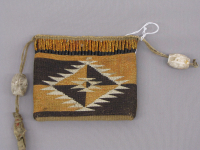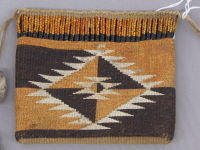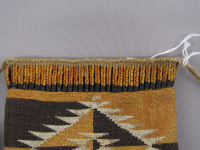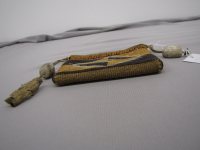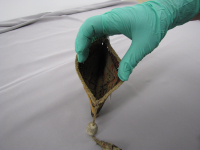pouch
pouch
pouch
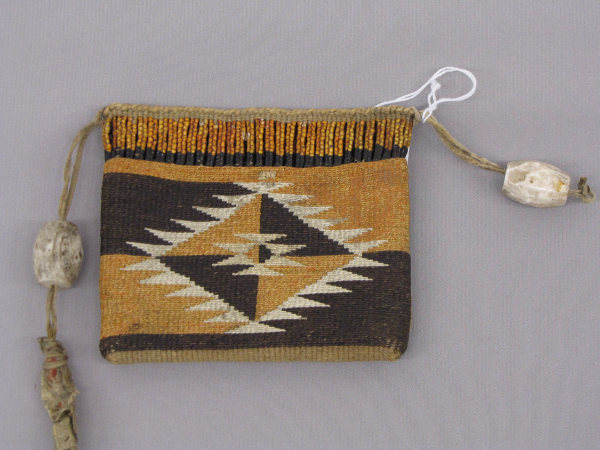
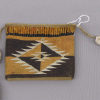

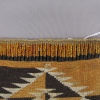
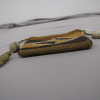
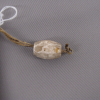

Twined pouch with moosehair-woven geometric motifs. Possibly Huron-Wendat in origin and dates from the eighteenth century.
MQB Catalogue
MQB archives, research, Anne de Stecher
Read More About This Relative
Vegetable fibre, possibly hemp, dyed quill, dyed moosehair, two large beads of unknown material .
The pouch is made of woven vegetable fibre, using a twining technique in which dyed moosehair- or possibly fine quill, is wrapped around the weft threads as they are woven between the warp threads. Quill is wrapped around groups of warp threads to form a band around the top. The two beads are toggles in hide thongs at the pouch opening.
The moosehair is interwoven to form geometric motifs, a lozenge shape.
The material in the Bibliotheque national was collected before c. 1792. Autumn Epple thinks based on materials and style, as well as the similar example of GKS #26695 in the British Museum, that the object dates between 1700 and 1750.
Provenance
The ethnographic works from the Bibliothèque Nationale du France are located in the Musée du quai Branly in Paris. These ethnographic works were brought together in this collection at the time of the French Revolution, around 1792. Many of these works came from the Jardin du Roi, the collection of the French king. In 1792, inventories were made of the possessions of aristocratic French families in Paris and the provinces and many objects were selected to be added to the Bibliothèque Nationale, which was the national collection of the new Republic. Ethnographic material from the Bibliothèque Nationale was located at the Musée d'ethnographie du Trocadéro, then the Musée de l’Homme, and is now in the Musée du quai Branly.
About This GRASAC Record
Unknown artist, pouch. Currently in the Musée du quai Branly, 71.1878.32.63. Item photographed and described as part of a GRASAC research trip; GRASAC item id 1401.
This record was created from Anne de Stecher's dissertation research: deStecher, Annette. Engaged Histories: Wendat Women’s Souvenir Arts of Cultural Preservation and Entrepreneurial Invention. PhD dissertation. Ottawa: Carleton University, 2013.
This record will be open access on the completion of Anne de Stecher's dissertation, 2011.













A pouch very similar to this one, AM, SL Misc.203, is in the collection of the British Museum, from the collection of Hans Sloane. The Sloane pouch is recorded as Huron-Wendat in origin and was bequeathed to the BM in 1753.
 Knowledge Sharing Platform
Knowledge Sharing Platform

